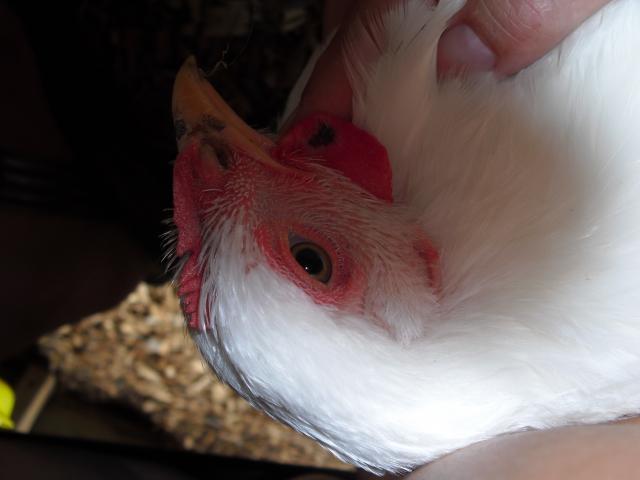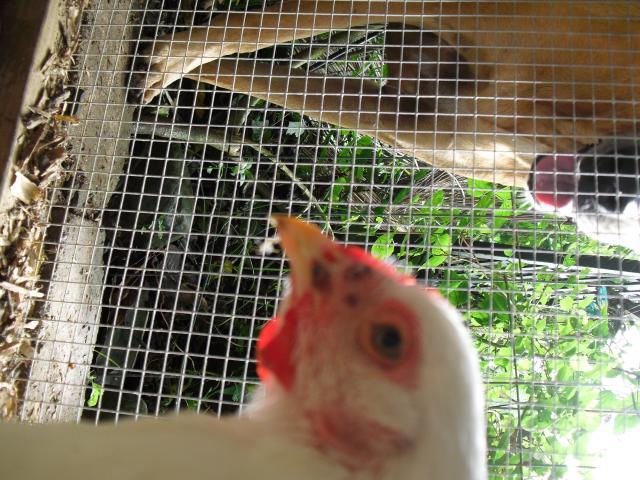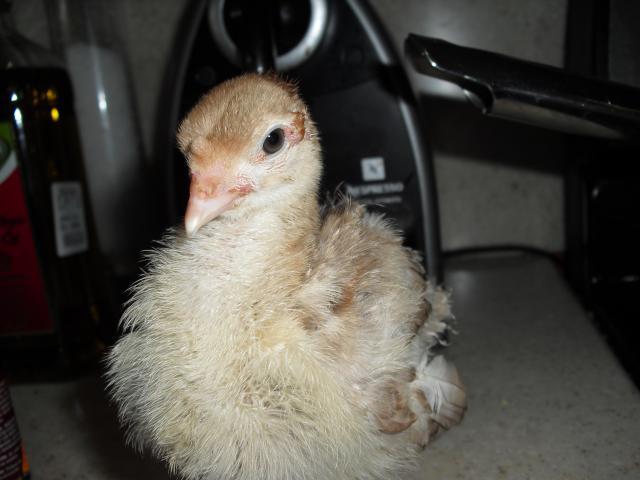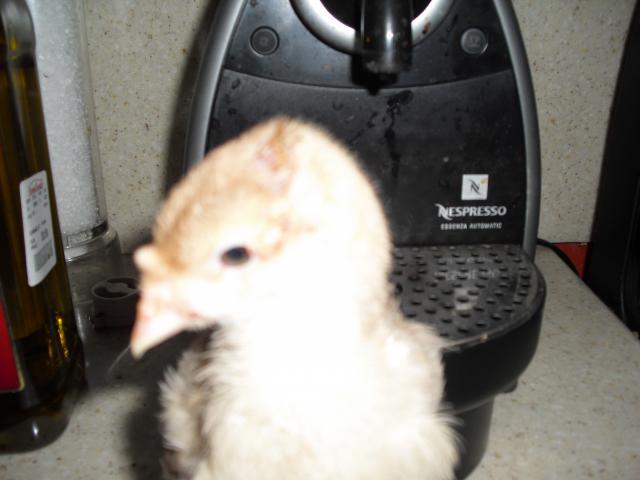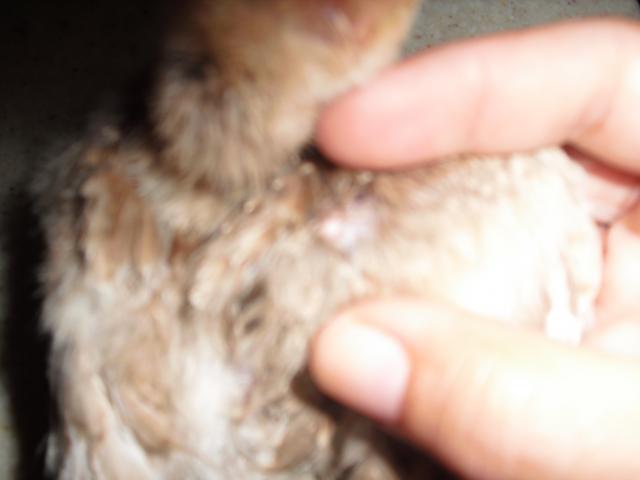Hi, I have a turkey 2 weeks that I noticed yesterday that has like round balls flesh colored one next to each eye, the other next to each side of the beack and two on the back of the head, and he is inside my house in a small cage, and one hen has the same but redish in color, not on the back of the head but at the face, im afraid if this is pox and if its so, how to controll it, non of my birds are vaccinated but I have a vaccine at the fridge. ah can I vaccinate adults? can I vaccinate at this stage if it is pox? do I have to vaccinate everyone all newborns after this? how can I determine if its pox or some sore or some insect bite? PLease help me I hate the look of the pox I have saw on pics I do not want them to be like that as they are so beautifull, show quality birds!!! all I have raised them since eggs, I have not introdune no new hen chicken as I only buy eggs. They all are in coop not free range. sonn my tolbunt will be hatching so I have to think this fast!!! What can I do? ah does the macaws suffer from pox? I have macaws too!!!
Thanks so much please anyone help will be appreciated!
Thanks so much please anyone help will be appreciated!


